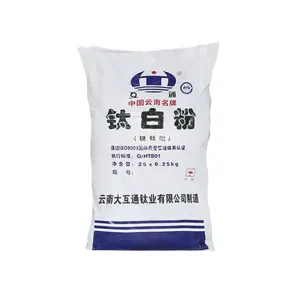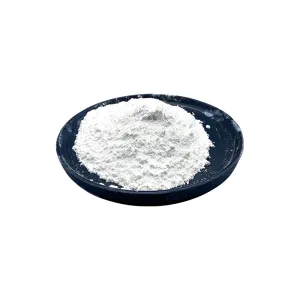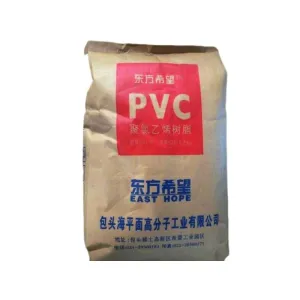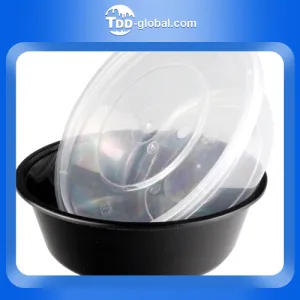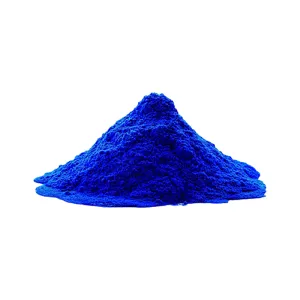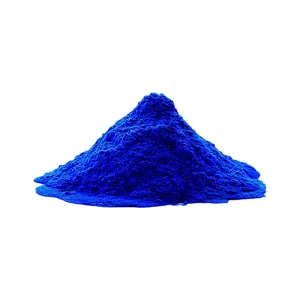461
November 12, 2024, 4:19 PM

Since late October, China's polyester market has continued to maintain a low and volatile pattern. Recently, with the influence of a series of macro news, the market mentality has become cautious, and it is difficult for the market to form a sustainable trend. Last week, the dust settled on many important events such as the U.S. election and the Federal Reserve's interest-rate meeting, and the impact on commodities also began to appear. After Trump's election, he may increase U.S. crude oil production and increase foreign taxes, which will affect Asian economies and demand. His ruling direction is biased against oil prices. Market concerns may have increased. OPEC is expected to increase production next year. The strengthening of the US dollar makes dollar-denominated commodities (such as oil) more expensive to holders of other currencies and tend to hold down prices. A series of factors have suppressed market sentiment. International oil prices have continued to fall, and WTI has fallen below US$70 per barrel. Under the downward pressure on the cost side, the polyester market began to fluctuate and weaken.
Judging from the fundamentals of the PTA market, many sets of PTA company maintenance equipment have been restored recently, and the start of PTA companies has rebounded to a high level around 85%. The spot supply in the market has increased, and PTA is in a warehouse accumulation cycle. Honggang Petrochemical's No. 2 2.5 million-ton PTA unit was shut down as planned on November 5 and restarted discharge on the 12th. A 2 million-ton PTA unit in Yisheng Ningbo was heating up and restarting in early November, and the unit was shut down at the end of January. A 2.5 million-ton PTA unit of Dushan Energy was parked near October 27 and resumed on November 7.
Judging from the fundamentals of ethylene glycol itself, with the recent restoration of several sets of maintenance equipment, the overall industry's start-up has risen to a high level of around 65%. Coupled with the resumption of supply of new production capacity, the market supply is sufficient. A 200,000-ton ethylene glycol plant in Guangxi recently discharged materials and its current load is around 70%. The plant was stopped in April 2023 and restarted in early November 2024. A 600,000-ton ethylene glycol plant in Xinjiang was shut down for maintenance in early October and started to be discharged on November 10. The current load is 40%-50%. Shanxi Yangmei's 220,000-ton ethylene glycol plant was temporarily stopped in late October, and the plant has been restarted. Inventories of ethylene glycol ports in East China's main port fell, and the supply side provided support for the market.
At present, the polyester load in China remains at a high level of around 90%. As polyester costs decline, polyester companies are more enthusiastic about starting operations, and polyester supply remains high. Recently, the shipment of winter insulation fabrics by some weaving companies has increased slightly, and the atmosphere of foreign trade order inquiry has also warmed up. Driven by orders from China's supermarkets and e-commerce platforms, the weaving operating rate has remained high, among which the loading load has increased to around 93%, and the weaving starting load has increased to around 81%. After the U.S. election, it is cautious about subsequent textile and apparel exports. The market may have early risk aversion, and the short-term market is narrow. As supermarket and e-commerce final orders are gradually coming to an end, many places in the market are in a cautious wait-and-see state, and foreign trade orders have just increased slightly but the extent is limited.
On the whole, the current trend of the polyester market is still dominated by the macro perspective, and cost drives the market. Supply in the polyester and terminal weaving industries remains high, supply pressure is rising, and there are seasonal weakening expectations in demand in the later period, which has put a certain pressure on the market. Therefore, the short-term polyester market will mainly follow the cost shocks and will still need to follow up cautiously.


